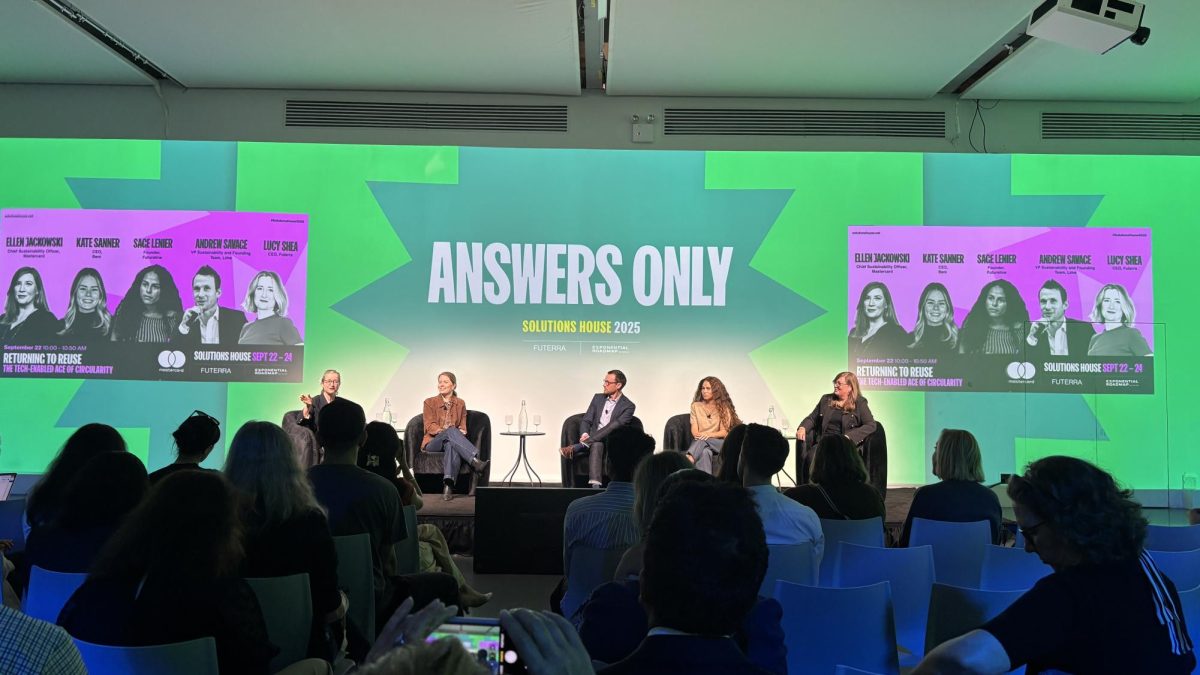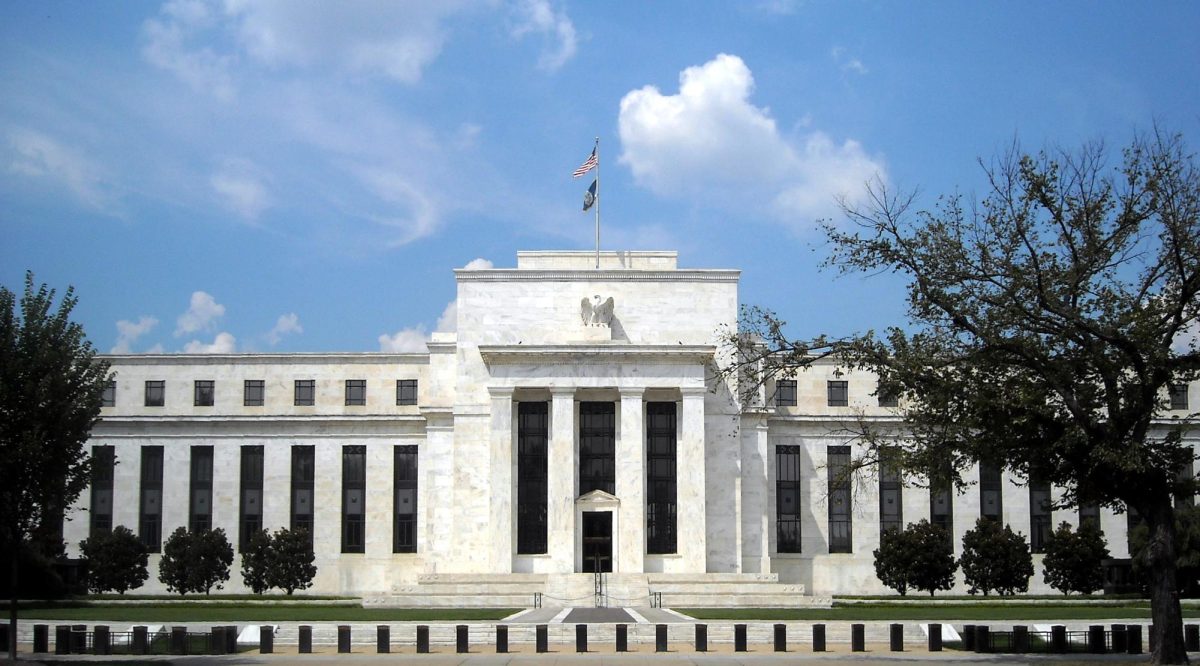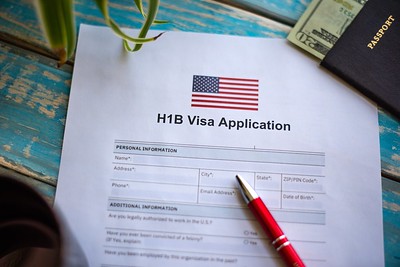The summer of 2019 has proven to be more eventful than initially anticipated. From puzzling “mid-cycle” interest rate cuts to escalating trade tensions, a likely no-deal Brexit, and a yield curve inversion, the fall 2019 is starting on the heels of uncertainty and jitteriness.
Rate cuts
Following the sharp December downturn partly caused by their hawkish stance, the Federal Reserve shifted into neutral as it kept the federal funds rate — 2.25%-2.50% — unchanged in June.
The following month, Jerome Powell, the Chair of the Federal Reserve, announced a “mid-cycle adjustment,” decreasing the Fed Funds Rate by 25 bits per second to 2.00%-2.25% amid growing fears of a recession. The market did not respond as well with the Fed’s precarious new stance as the U.S. economy continues to be robust.
The news of rate cuts didn’t stop in July, as Powell issued a statement claiming that the Fed “will act as appropriate to sustain the expansion” as the trade war worsens. Many took this statement to mean that the Federal Reserve would further lower rates, causing a drop in yield in the fixed income space.
Though lower rates would stimulate the economy through cheaper borrowing, how much of an impact can the Fed make with benchmark rate adjustments with an already historically low rate?
Trump Trade War
The once seemingly fruitful negotiations turned sour this summer as tariffs on Chinese goods increased to 30%, spiking volatility in the markets as companies search for alternatives from tariff-affected Chinese goods.
In a recent development, President Donald Trump increased threats on China stating that he could “declare a national emergency.” As tensions continue to increase, markets are on the decline, with stocks such as Apple and Intel underperforming due to their reliance on the Chinese markets. Now, huge speculation lies upon the prospects of an agreement between the world’s largest economies, although the current consensus remains gloomy.
G-7 / Brexit
After failing to execute on her promise for a Brexit deal, Theresa May resigned from the office of Prime Minister of the United Kingdom in June.
In a vote held in late July, the Conservative Party elected Boris Johnson to replace May as the head of the party and Prime Minister of the United Kingdom. Johnson, the former mayor of London, was catapulted to worldwide fame when he became the loudest voice in the “Vote Leave” campaign during the original Brexit referendum.
More recently at the G-7 summit, Johnson said he would be willing to take talks on a potential Brexit deal down to the wire — the Oct. 31 deadline set in place by the European Union. Johnson stated that if no deal is reached by that date, the United Kingdom will leave the European Union without a deal.
A “no-deal” Brexit could carry some seismic repercussions. Overnight, British products would have tariffs placed on them, and the Office of Budget Responsibility estimates that the British economy could contract by 2%, causing a recession for the United Kingdom.
As to the likelihood of a Brexit, Johnson is cautiously optimistic that a deal can be reached by the Oct. 31 deadline.
However, British consumers are preparing for the possibility of a no deal Brexit, by stockpiling food, medicine and even clothing, as they fear nationwide shortages and price hikes.
On the other side of Brexit stands Jeremy Corbyn, and his Labour Party desiring a no-confidence vote on Johnson’s Conservative Party. If Corbyn has the votes, a general election will be triggered, and potentially a second Brexit referendum will take place. The situation remains uncertain.
Yield Curve Inversion
Lastly, August saw an inverted yield curve, where shorter-dated treasuries carry a higher yield than their longer-dated counterparts. An inverted yield curve, especially when defined by the difference between the 10-year Treasury note and the 3-month bill, has historically been a trustworthy signal of a recession looming in the future. An inverted yield curve is a representation of inflation expectations for the future.
The N.Y. Fed model based on the yield curve puts the risk of a recession in the next 12 months at over 30%, the highest its been since the 2008 recession.
The question remains how investors reconcile low unemployment, subdued inflation data and a robust economy, with a historically reliable warning alarm ringing.








